The 9 weirdest events at the 2024 Olympics
The Games of the XXXIII Olympiad – Paris 2024 – have begun, and the action will include some wild, wonderful and odd sports. Here are some of our faves…
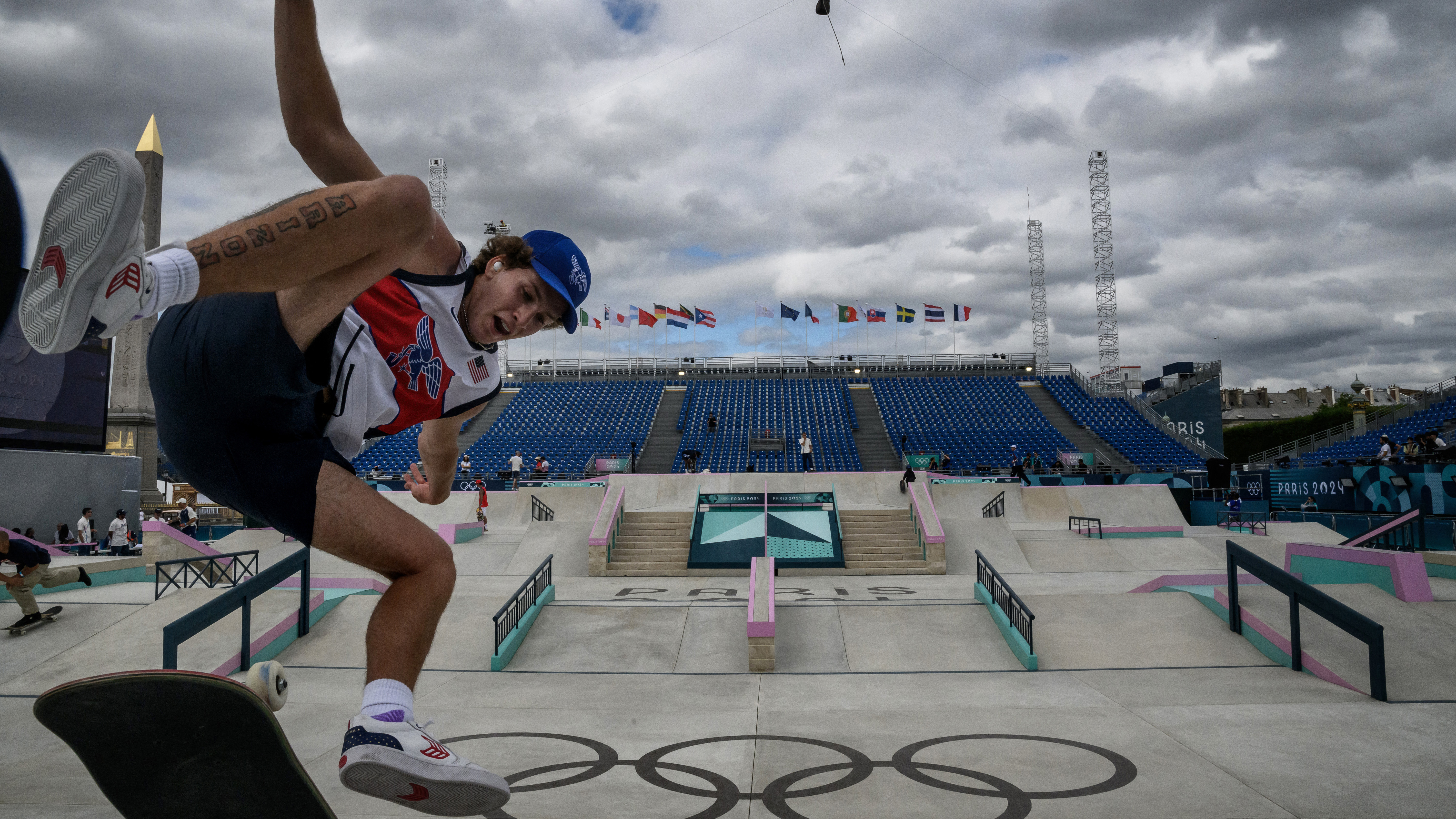
The Summer Olympics is a celebration of extraordinary athleticism, agility and ability, where prodigious natural talent and years of exceptional commitment and dedication are decanted into a few weeks of frenetic action, as the planet’s elite meet and compete in front of an audience of billions. In a fractious and often divided world, the fact the Games happen at all is, perhaps, one of our species’ greatest ongoing achievements, but the capacity for this festival of sport to entertain and inspire is incredible – not least because it can introduce us to sports we didn’t even realise existed.
The Games last took place in Paris exactly a century ago, and now the French capital is set to become the first city to host the modern Olympics three times. The first time around, in 1900, it saw some spectacularly strange sports. Back then audiences enjoyed watching competitors doing the long jump – nothing weird about that you might think, but this version of the long jump was done on a horse. And then there was the high jump (yes, also on a horse). And live pigeon shooting (a bloody affair, during which over 300 birds were killed). And poodle clipping – admittedly, this last one was more of an exhibition event, but it was still highly competitive, and saw 128 participants speed-clipping curly haired canines in front of a 6,000-stong crowd in Bois De Boulogne park. True story.
These days the high-profile track-and-field events get most of the limelight, but the modern Games has always featured some brilliantly bizarre pursuits since its inception in 1896, along with some excellent outdoor and endurance-orientated activities that we regularly cover here at advnture, including marathon running, sport climbing, openwater swimming and kayaking. We live in hope that more adventure sports will join the Summer Olympic programme in future, including trail running (surely a shoo-in/shoe-in at some point), SwimRun and Stand-up Paddleboarding (SUP), but in the meantime, we’re thoroughly looking forward to watching the following events.
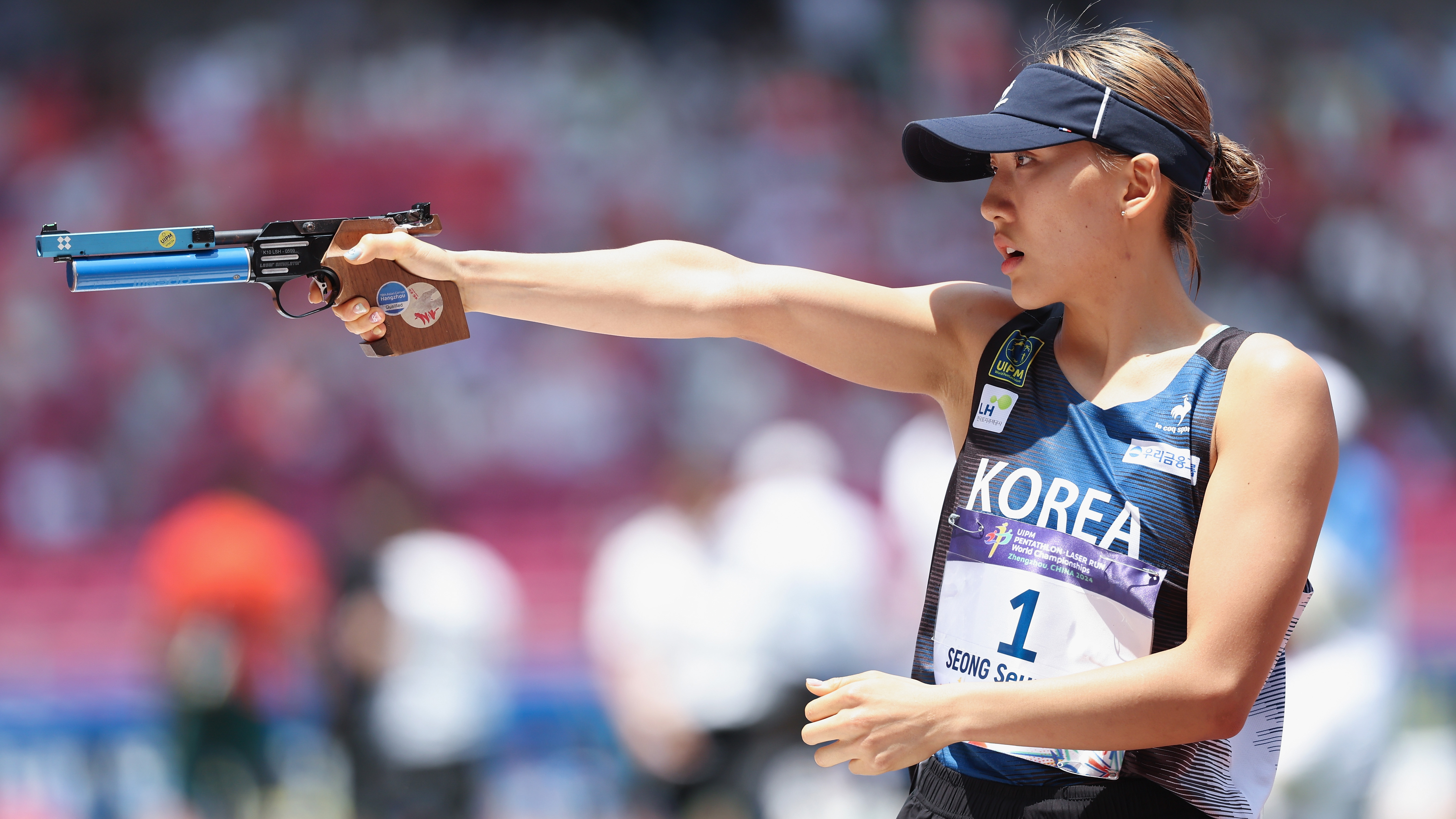
Modern Pentathlon
At the 1912 Olympics in Stockholm, ‘pistol duelling’ was included as an event (although, thankfully, contestants fired their duelling pistols at mannequins, not each other, so no people – or pigeons – had to die). During the same Games, the amazing multisport of Modern Pentathlon was introduced to the Olympics and – somewhat incredibly – it is still part of the line-up. During this event, which is open to men and women, competitors take part in five ostensibly random activities: fencing, swimming, showjumping (yes, on a horse) and then a combined stage involving running and laser-pistol shooting. What binds these pursuits together? They were traditionally considered vital skills for a good calvaryman, of course.
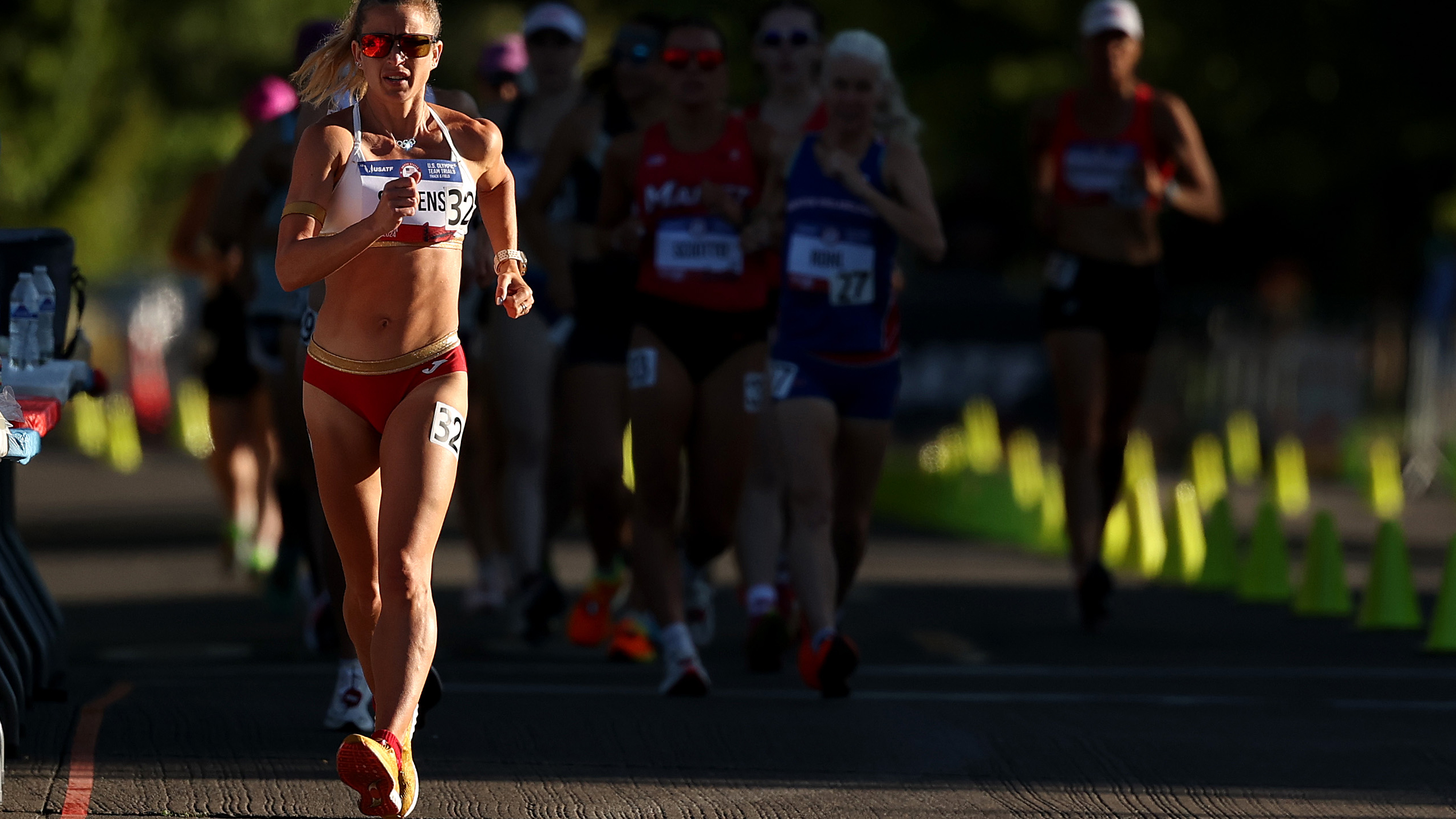
Race Walking
Although it’s an activity very close to our heart here at advnture – where we spend a lot of time trail testing the very best walking shoes, tops and shorts – we don’t generally think of walking as a competitive pursuit. Try telling that to the ambling athletes taking part in Race Walking events at the Games in Paris…if you can catch them. Speed walking was actually a wildly popular spectator sport in Victorian times, when it was – excitingly – known as ‘pedestrianism’, and it was first introduced to the Olympic line-up in London in 1908 (for men only, over 3,500m and 10-mile distances). Since then, the sport has featured intermittently at the Games. In Paris this year, men and women will compete over a 20km course, and there’s also a 50km event for men only (no, we don’t know why either).
The rules are very strict: at no time can both feet be off the ground at once (that’s running!), the knee of the athlete’s advanced leg must not bend and the leg must straighten as their body passes over it - which makes it really hard, and results in a very sassy gait. Infringements of these rules result in a paddle being shown to the walker, and if they receive three such warnings they are disqualified. Expert race walkers hit the ground with light impact and wear shoes with less cushioning than most running shoes. While walking sunglasses are de rigueur, trekking poles are a definite no-no…
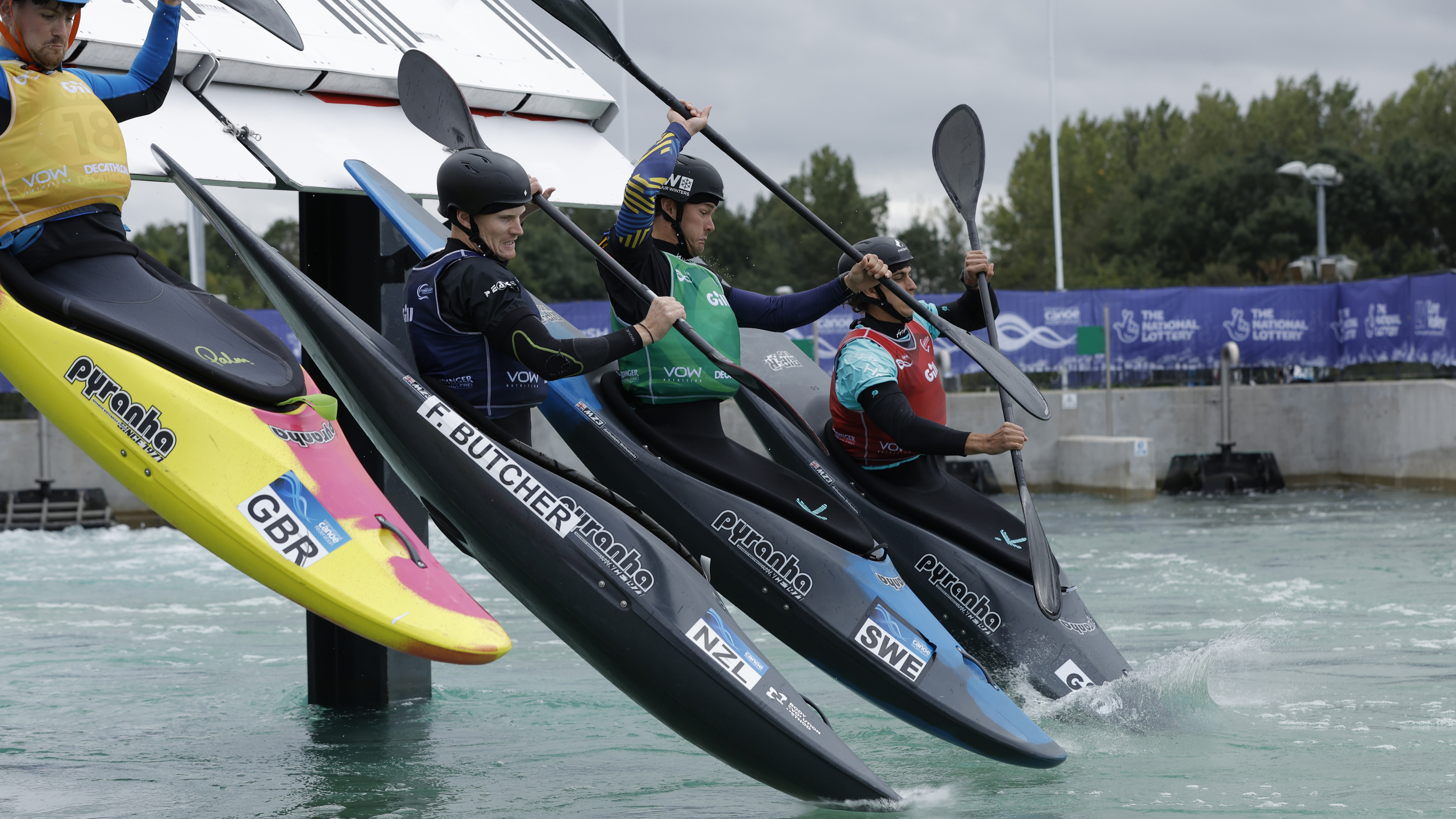
Kayak Cross
We love our paddlesports here, and like nothing better than getting a pair of good water shoes on and hitting the wet stuff on a board or in a boat, but the kayak cross event, newly added to the summer Olympics in Paris this year, takes the concept of a leisurely paddle and transforms it into an adrenaline-laced demolition derby. Four kayakers begin each leg – and not from the water, as you might expect, but from a raised platform with a ramp, from which they simultaneously slide and plunge into the juice once the starting gun is fired. Once on the water, which is fast running and cascades across multiple raging rapids, they must negotiate several gates (going past some, to skilfully loop back around and through them), during which manoeuvres competing paddlers very often end up crashing into each other, with their boats breaching rivals’ decks. Towards the end, each participant must complete a full roll. First one over the line wins. It’s explosively exciting, and should make for one of the best sports to watch this year.
Advnture Newsletter
All the latest inspiration, tips and guides to help you plan your next Advnture!
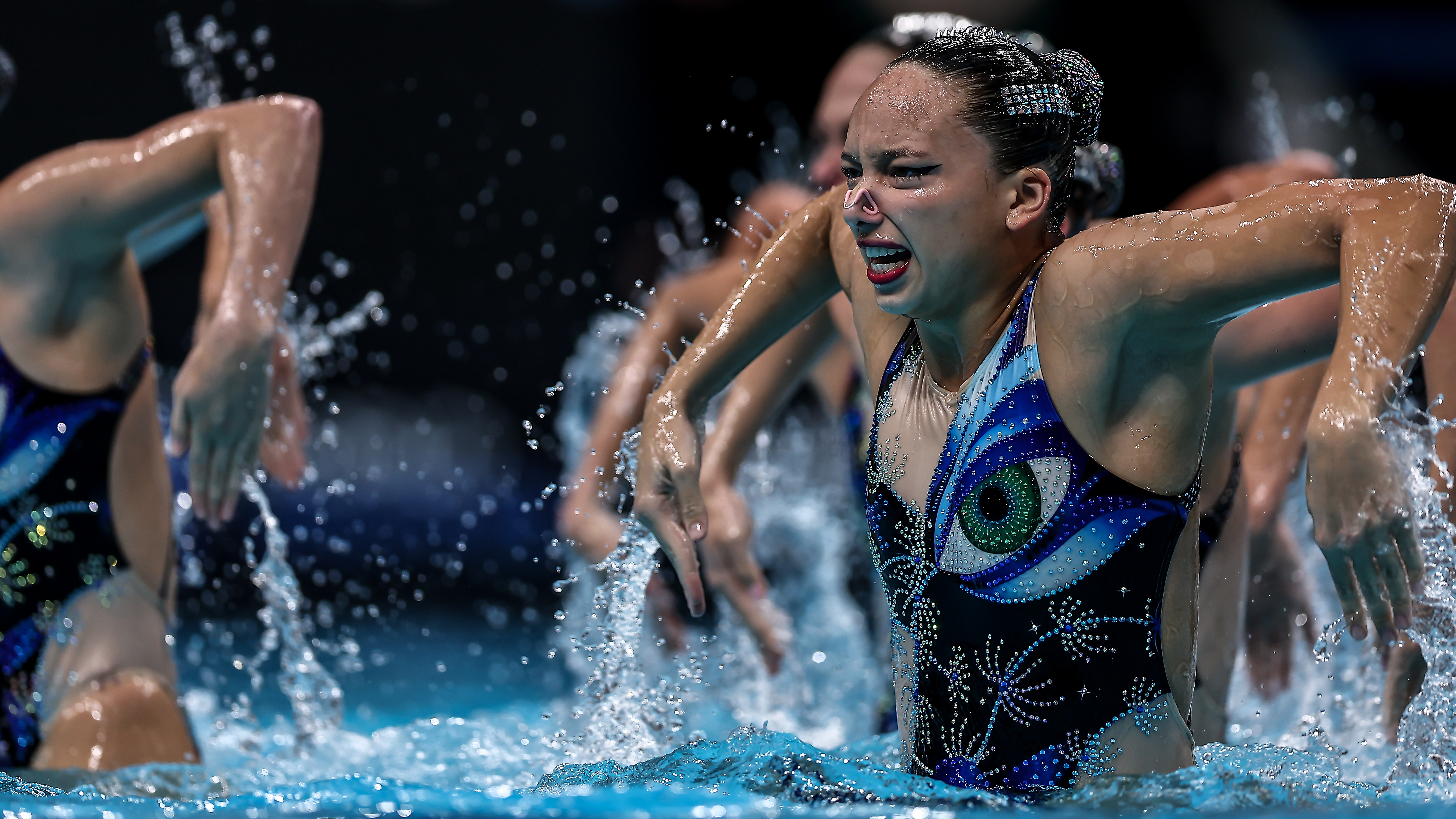
Artistic swimming
Once known as synchronised swimming, this hypnotically graceful sport has traditionally been contested only by women, and competitors are seemingly judged on their appearance as well as their performance, with great importance placed on hair and even make-up staying in place during complex underwater routines. For the first time in the history of the modern games, a decision was made to allow men to compete in the 2024 event in Paris (in the team routine)… but not a single one made the cut – all 96 athletes picked by 18 countries taking part in Paris are women.
A deceptively demanding sport, which see pairs and groups of eight and 10 swimmers perform intricately choreographed routines without touching the floor of the pool, competitors need to be able to hold their breath for well over a minute while combining skills associated with swimming, gymnastics, dance and free diving. Although staying in lockstep with one another throughout the routine is considered a crucial part of the performance, an oxymoronic-sounding event called ‘solo synchronised swimming’ featured in the Summer Olympics in 1984, 1988, and 1992.
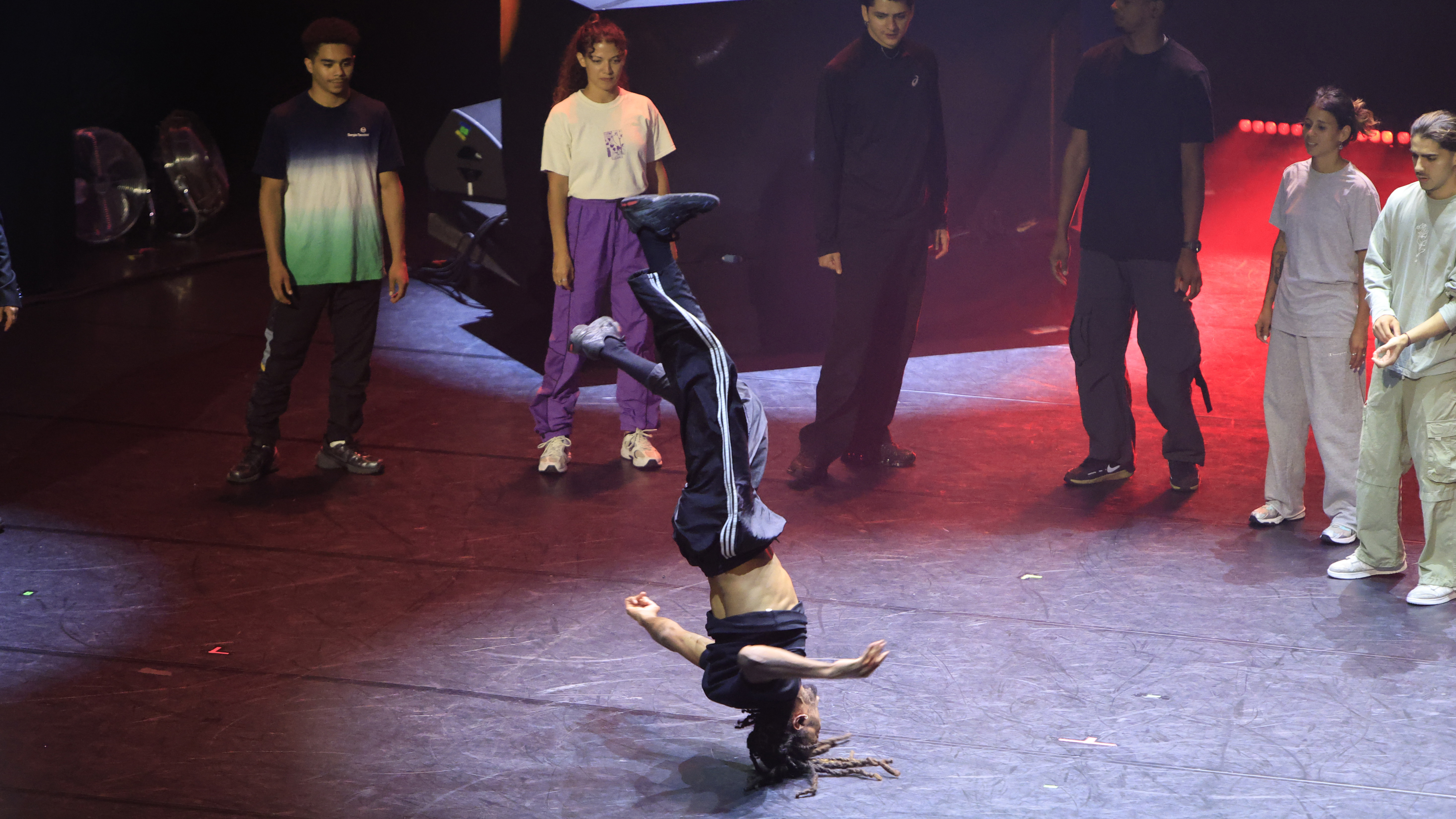
Breaking
In a first for the Olympics, competitive breakdancing will feature as a sport at the Paris 2024 Games. There are competitions for men and women – sorry, B-Boys and B-Girls, as they’re called here (honestly) – with members from 16-member teams facing off against each other during intense solo battles. Competitors will bust out a combination of power moves, ranging from windmills to freezes, to the beat of hip-hop tracks being played by DJs, as they attempt to impress the judges with their skill and creativity.
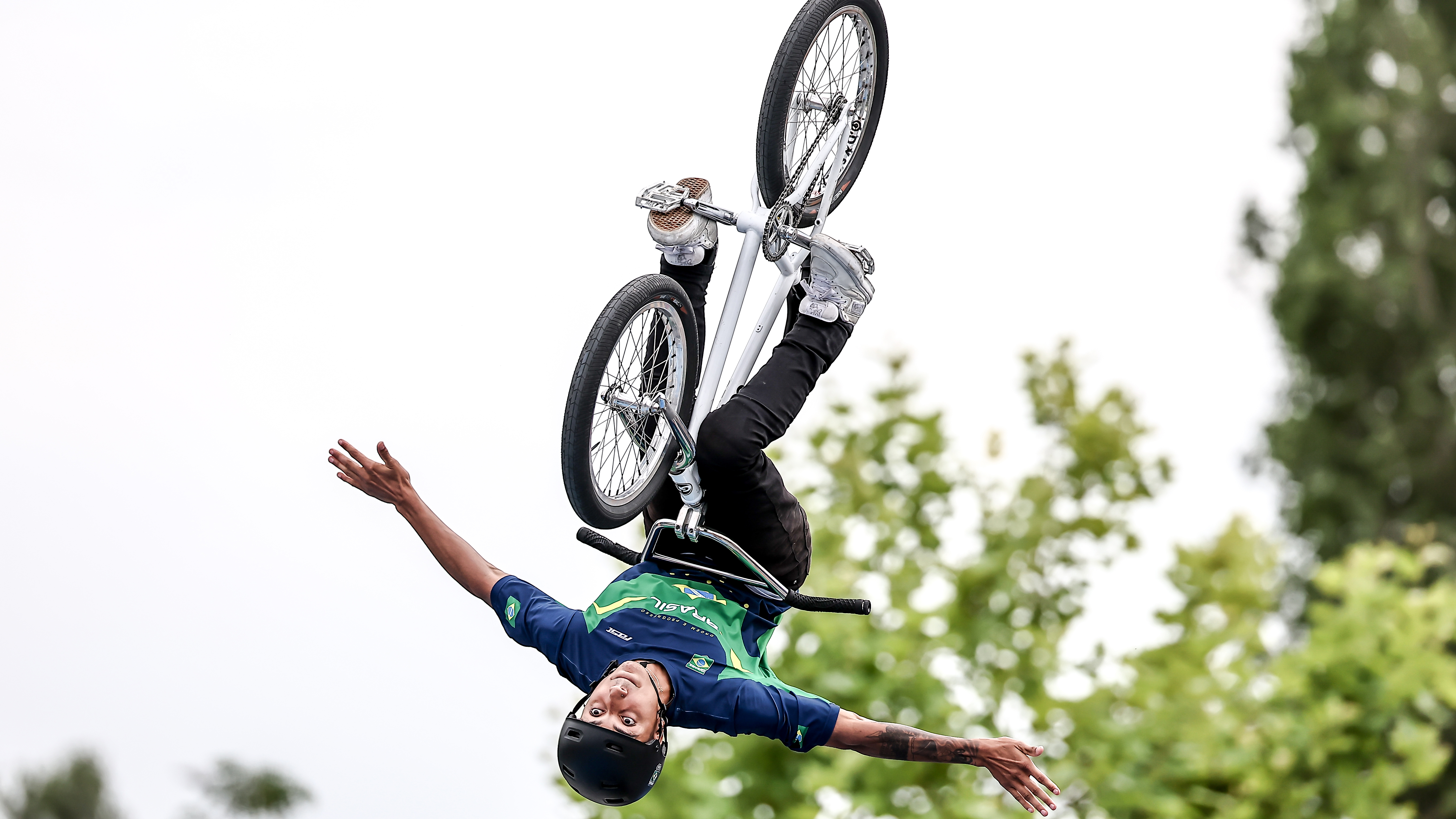
BMX Freestyle
The cycling events at the Games have gone well beyond the road in recent years. Mountain Biking was introduced to the Olympic schedule at the Atlanta Games in 1996, and has been thrilling viewers ever since, and BMX Racing debuted at the 2008 Beijing Games. In Tokyo 2020 (which actually happened in 2021), however, BMX Freestyle was brought in as the first bike-based Olympic event to be scored and judged not on crossing the line first, but by pulling off the most audacious stunts. Back again for Paris 2024, the event sees competitors trying to pull-off as may tricks as they can in 60 seconds, without – ideally – landing on their heads. Riders are awarded points for the height of their jumps and the levels of difficulty and creativity displayed in their routines. It’s absolutely brilliant to watch.

Skateboarding
After first appearing in the Tokyo Games in 2021, skateboarding is back on the agenda in Paris this year. A sensational spectator sport, boardriders take part in two disciplines: park and street. The Park event takes place on a compact course featuring bowls and berms, and athletes are awarded points for pulling-off big-air tricks – the more spectacular and technical the better; each athlete gets to do three 45‑second runs, with the best of the three counting towards their final score. The Street event is more linear, with riders hurtling along a recreated urban streetscape doing tricks using stairs, kerbs and handrails – the only thing missing is an irate security guard chasing them around (which – note to organisers – would make an excellent addition). Skaters do two 45‑second runs along this course, and are judged on the best five tricks they pull off and how they handle their board en route. The youngest athlete at the Paris games is Chinese park skateboarder Zheng Haohao, who is…11 years old. Mind you, Andy Macdonald is also competing for Britain, at the tender age of 50.
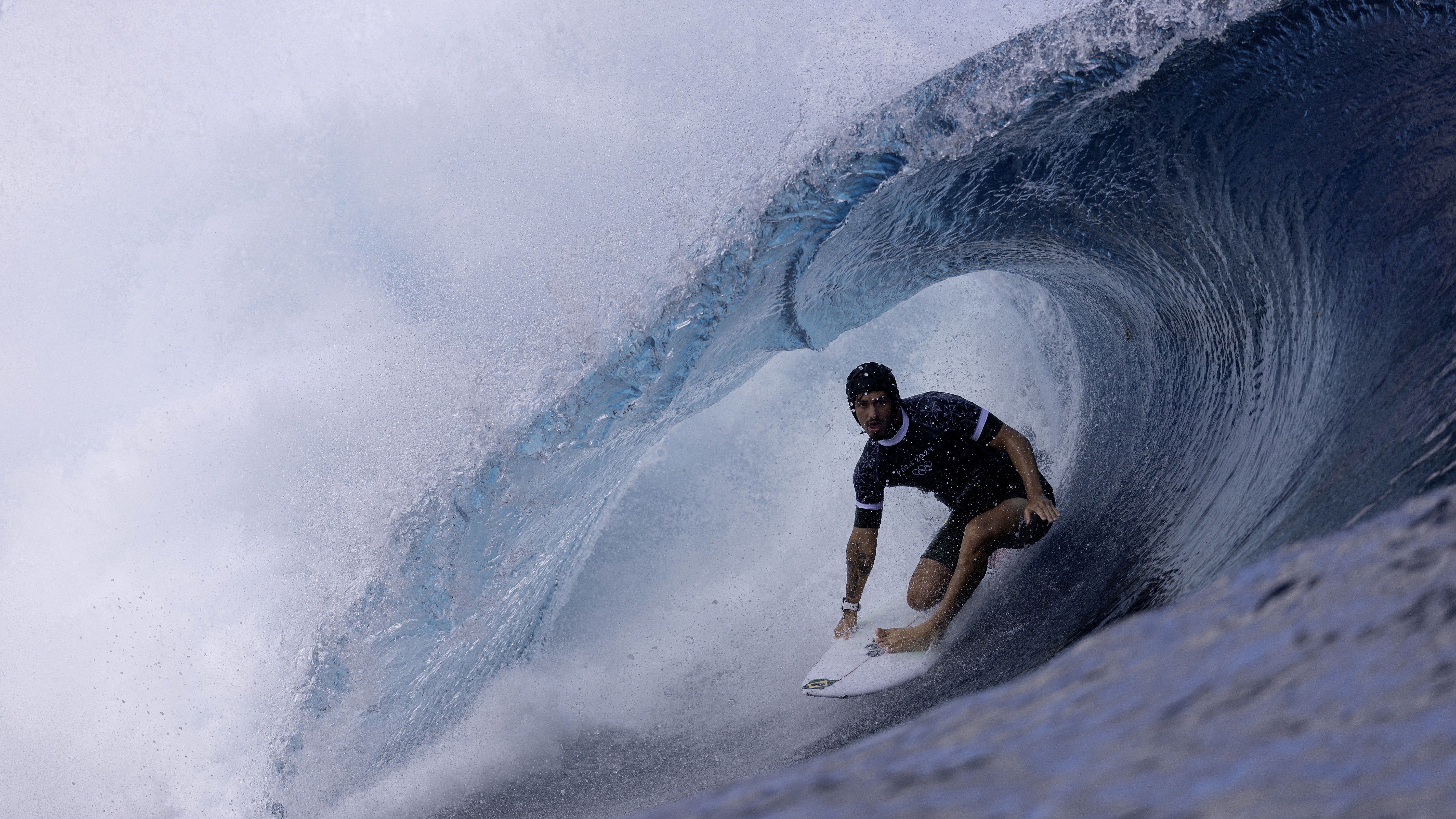
Surfing
While the Games are being held in the capital of France this year, one event – the surfing – will be staged over 10,000 miles away in Teahupo'o, Tahiti, part of the French overseas territory of Polynesia in the southern Pacific. People, including the Hawaiian board-riding legend Duke Kahanamoku, had been campaigning for surfing to be added to the Olympic programme since the 1920s, but it was finally included in the Tokyo 2020 Games. It’s back for 2024, albeit a long way from Paris. During the heats, surfers on shortboards perform manoeuvres on a wave, and receive points from judges based on the variety and technical difficulty of their tricks, and the speed, power and flow they display. It’s wonderful to watch.
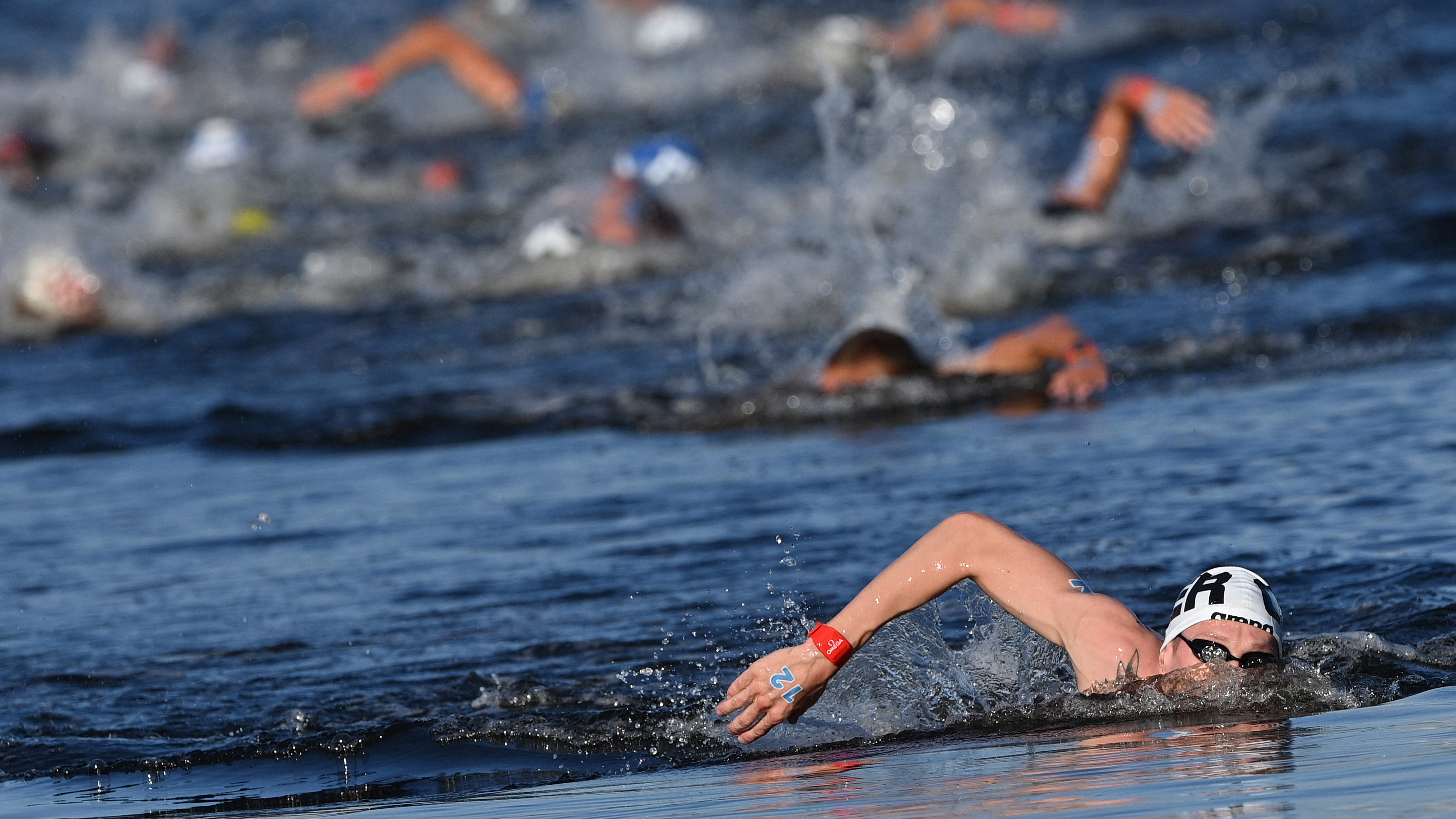
Marathon Swimming
One of our absolute favourite events at the Games, marathon swimming is an openwater event that sees competitors take on a 10km-long course along the newly cleaned up River Seine in the middle of Paris. This massively demanding sport was first seen in the modern Olympics at the Beijing Games in 2008, but back in 1900, in those sensational games in Paris, there was a very entertaining-sounding Swimming Obstacle Race, which saw athletes take on a 200-metre course during which they had to climb over a row of boats, scale a pole and then swim underwater beneath another row of boats. Four years later, at the 1904 games in St Louis, there was an event based on how far competitors could travel underwater after diving in from the side (strong Saturday-at-the-pool-with-the-kids vibe here).

Author of Caving, Canyoning, Coasteering…, a recently released book about all kinds of outdoor adventures around Britain, Pat has spent 20 years pursuing stories involving boots, bikes, boats, beers and bruises. En route he’s canoed Canada’s Yukon River, climbed Mont Blanc and Kilimanjaro, skied and mountain biked through the Norwegian Alps, run an ultra across the roof of Mauritius, and set short-lived records for trail-running Australia’s highest peaks and New Zealand’s Great Walks. He’s authored walking guides to Devon and Dorset, and once wrote a whole book about Toilets for Lonely Planet. Follow Pat’s escapades on Strava here and Instagram here.
